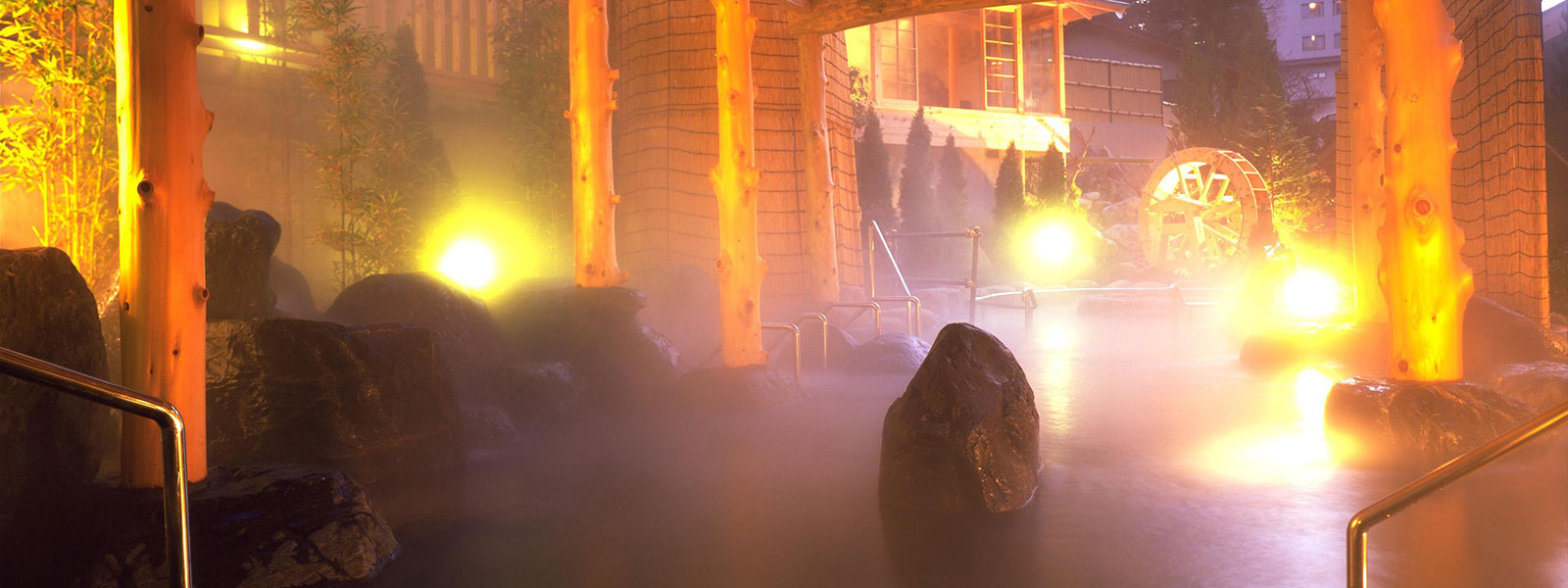


#Radium glass dangers how to
COVID-19 Portal While this global health crisis continues to evolve, it can be useful to look to past pandemics to better understand how to respond today.Student Portal Britannica is the ultimate student resource for key school subjects like history, government, literature, and more.From tech to household and wellness products. Britannica Explains In these videos, Britannica explains a variety of topics and answers frequently asked questions.

This Time in History In these videos, find out what happened this month (or any month!) in history.#WTFact Videos In #WTFact Britannica shares some of the most bizarre facts we can find.Demystified Videos In Demystified, Britannica has all the answers to your burning questions.Britannica Classics Check out these retro videos from Encyclopedia Britannica’s archives.The enCore team is led by industry experts with extensive knowledge and experience in all aspects of ISR uranium operations and the nuclear fuel cycle. domestic uranium developer is focused on becoming a leading ISR uranium producer. While the radiation levels from these items are generally low, it is still important to be aware of the potential risks associated with radiation exposure.ĮnCore Energy, the most diversified U.S. These items include our phones, televisions, and smoke detectors. There are many items that we use daily that are radioactive. If there was any doubt about the safety of a product, the public was advised to contact the state radiation-control program for guidance. Most of these products were not harmful, but some contained high levels of radium, which could be dangerous. In some cases, states require that these devices be registered or licensed. These products, which included pills, pads, and solutions containing radium and devices designed to add radon to drinking water, were regulated by individual states. Many radioactive products were sold as treatments for various ailments in the early 1900s. This can make the fertilizer itself radioactive. Potassium is a naturally occurring radioactive element, while phosphorus can come from phosphate ore, which often contains elevated levels of uranium. Fertilizerįertilizers may be radioactive due to the presence of potassium and phosphorus. An exception would be low-sodium salt substitutes that often contain enough potassium-40 to double the background count rate of a radiation detector. Although the small quantities of food in the home are not detectable by a radiation detector, bulk food shipments have been known to set off alarms. Foodįood contains many naturally occurring radioactive materials. Although some people are concerned about the radiation emitted by americium-241, smoke detectors are safe when used as directed. When smoke particles enter the detector, they reduce the current, which sets off the alarm. These particles ionize the air, making it conductive. Most smoke detectors contain a small amount of americium-241, which emits alpha particles. Smoke detectors are designed to protect people from fire dangers by sounding an alarm when smoke is present. Nevertheless, some older tiles and pottery can be quite radioactive, especially those with an orange-red glaze. And unless there is a large quantity of the material, readings above the background are unlikely. In most cases, the activity is concentrated in the glaze. CeramicsĬeramic materials often contain elevated levels of naturally occurring uranium, thorium, and potassium. Thorium-containing lenses from older cameras (from the 1950s to the 1970s) were often used to change the index of refraction. The glass gets its name because it glows when exposed to black light. Uranium-containing glass, often yellow or greenish, can be easily detected with a survey instrument. So caution should be exercised when handling these items. If these timepieces are opened, and the dial or hands are handled, some of the radium could be picked up and possibly ingested. Older watches and clocks used radium-226 as a source of light. Here are some of the most common everyday items that are radioactive: 1. With a simple handheld radiation survey meter, it is possible to identify and quantify the radioactive material in just about anything. While many people are familiar with radiation to diagnose disease and treat cancer, they may not realize that radioactive material is present in everyday items. This material can be found in the air we breathe, the water we drink, the food we eat, the ground we walk on, and the consumer products we purchase and use. Anything we encounter in our daily lives can contain radioactive material, either naturally occurring or artificial.


 0 kommentar(er)
0 kommentar(er)
